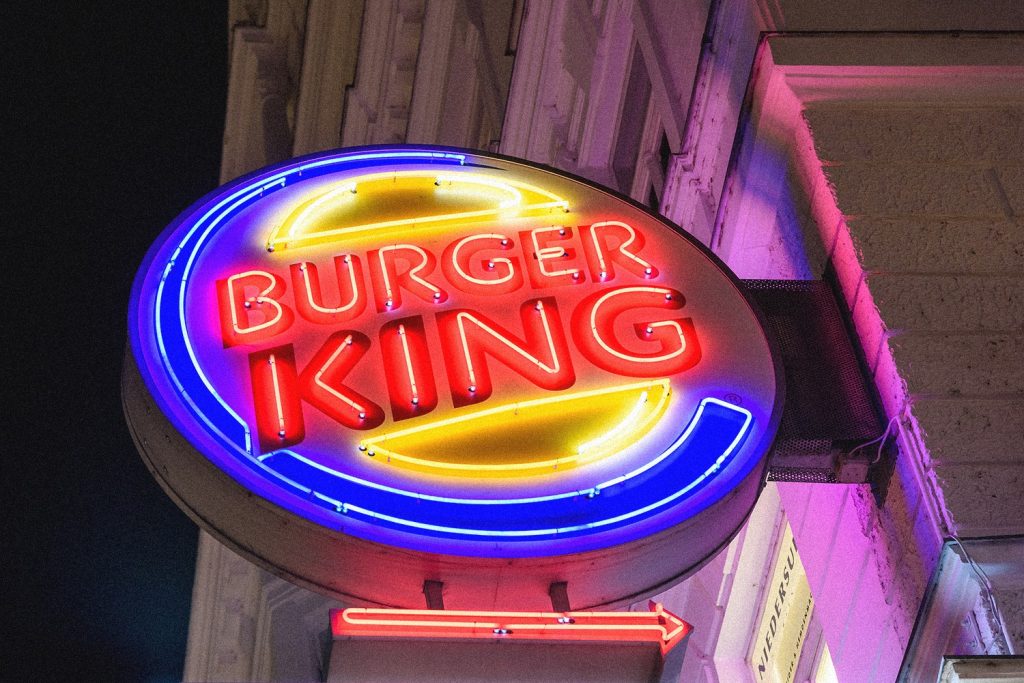
Branding includes logos, but a brand image is an emotional response to images, text, company decisions, and the overall customer experience.
Your brand is what other people say about you when you’re not in the room.
– Jeff Bezos
When average people consider brands, they might first visualize company logos. For some business logo examples, it’s hard to think about McDonald’s without picturing the golden arches or Coca-Cola without the red-and-white text graphic on every can.
Consumers do associate logos with businesses. In that way, graphics contribute to branding. Still, from the perspective of a brand design agency, the logo and other graphics make up a small but important component of the overall brand image and not a consumer’s entire impression of a company.
What is a brand image?
Consumers don’t just identify brands with logos. Instead, they associate companies with their experiences and even the emotions those experiences might have evoked. For instance, people might remember the golden arches, but they also might associate McDonald’s with fast service and consistent products.
In some cases, they may also consider things they’ve read about company practices. As highlighted on CNN a couple of years ago, McDonald’s has made an effort to use more sustainable packaging in order to help reduce waste and protect the environment. That improvement in packaging can help improve their brand image as much as or more than the logos they print upon their cartons or wrappers.
In any case, large and successful companies do spend quite a lot on branding — and that’s not just for logos. For some examples, Website Builder collated some recent statistics about brand spending from well-known companies:
- In 2018, Netflix dedicated $1.8 billion for branding.
- Coca-Cola typically spends almost $4 billion each year.
- Amazon’s branding budget for 2018 topped $10 billion.
How much do logos and graphics matter for brand images?
Even though a brand image consists of much more than logos, color schemes, and other graphical elements, people certainly do associate these visual elements with companies and products. According to a study conducted by Harvard Business Review, good logos can help differentiate brands, pique interest, convey information, and of course, reinforce brand recognition.
While any marketer can think of exceptions, HBR found that the most effective logos tended to convey some information about the company. Their study included over 170 test logos for startups, and mostly, descriptive logos tended to make the survey subjects express more willingness to buy from that brand. Since these companies were still developing their businesses, the logo was the only experience that the subjects had with them.
Since most people aren’t familiar with the startups yet, HBR used these big-name business logo examples to illustrate the kinds of descriptive logos that worked very well:
- The Burger King logo clearly has the restaurant’s name sandwiched between the bottom and top of the bun.
- Animal Planet has a stylized elephant over the network’s name.
Some people can argue that McDonald’s non-descriptive logo represents a bigger chain than Burger King’s descriptive one. Still, HBR’s research found that descriptive logos tended to influence brand perception in a favorable way. Also, the golden arches reflect the same symbol seen outside of every McDonald’s, so it’s still fairly easy to associate the logo with physical restaurants and the company in general.
As a major exception to preferring descriptive logos, their research suggested companies should avoid anything with potentially negative connotations. As an example, descriptive logos for exterminators should consider leaving out images of the pests that the business might target. They believe these kinds of images tended to evoke negative responses because people tended to associate them with bad experiences.
How can a brand design agency help develop a brand image?
Beyond logos, brands also establish and reinforce their image with ads, press releases, and business decisions that make the news. Companies might also have signs, websites, advertisements, and plenty of other uses for text and graphical design elements. Multi-channel creative work should always complement the brand image the company hopes to convey by projecting a consistent tone and voice. While a logo design agency will help create the right graphics, a brand design agency will ensure that customers view the entire picture in a positive light.



